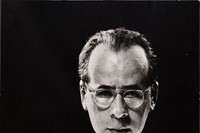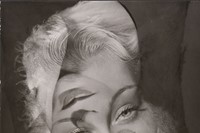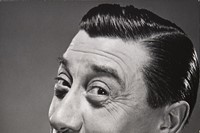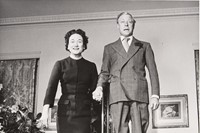The Latvian photographer's extraordinary career is the subject of a new exhibition in Paris
Who? He was firm friends with Albert Einstein, shot the front cover for 101 issues of Life magazine, and collaborated on numerous occasions with Salvador Dalí. Despite never having receiving any formal photographic training, Philippe Halsman was to become one of the most remarkable portrait photographers of his time. Born in Latvia in 1906, Halsman studied electrical engineering in Dresden, and first discovered photography after finding his father’s camera and developing glass plates in the family’s bathroom sink. He described the process as a “miracle,” and quickly took to the craft.
Interwar Latvia was deeply mired in anti-semitism, however, and this created a difficult environment in which for Halsman and his Jewish family to live. At the age of 22 the young photographer’s life became a scandal when he was falsely accused of his father’s murder on a hiking trip – an accident seemingly orchestrated by newly empowered officials in the country – and sentenced to ten years imprisonment in solitary confinement. When, after several years, Halsman was pardoned and the sentence lifted, he left Latvia to join his mother and sister in Paris.
Once settled in the French capital, Halsman set up a portrait studio in Montparnasse where he photographed the likes of Le Corbusier, Marc Chagall and André Gide. His time in Paris was short-lived however; as Nazi control of the country grew, so too did his need to leave once again. In 1940 Halsman fled Europe, securing an emergency visa to live in America, with the help of his friend Albert Einstein.
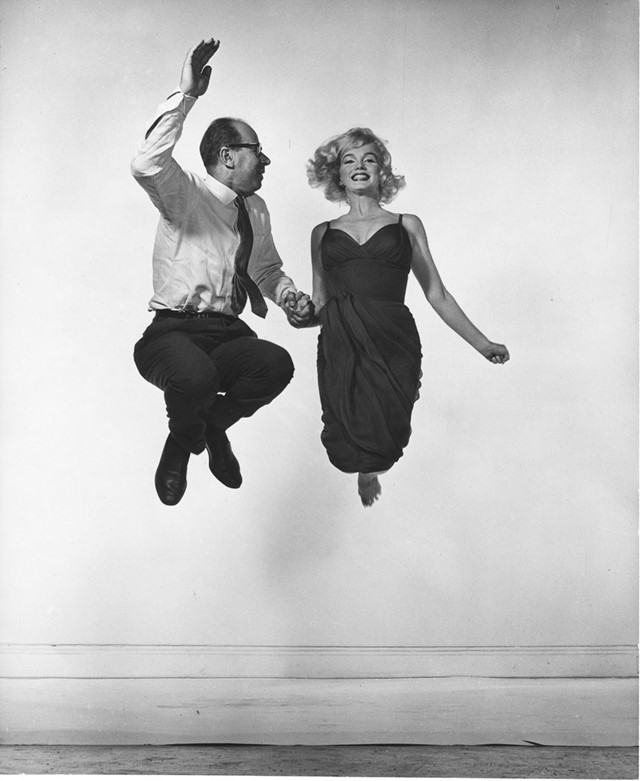
What? Over the next 30 years Halsman established himself as one of the most prolific photographers of the age, undertaking reportage assignments for esteemed publications such as Life and Time Magazine. His photographs demanded attention for their use of sharp focus and close cropping, both of which were unusual for photography at the time.
He was also feted for depicting his subjects jumping or suspended in mid-air, a revolutionary method he playfully referred to as “jumpology,” creating an effect which is at once alarming, surreal and wonderfully enigmatic. He wrote: “When you ask a person to jump, his attention is mostly directed toward the act of jumping, and the mask falls, so that the real person appears”. The instruction to jump not only created a striking photograph but also, as can be seen in the portraits of Marilyn Monroe, the Duke and Duchess of Windsor, Dean Martin and Aldous Huxley, exposed something more intimate about the sitter.
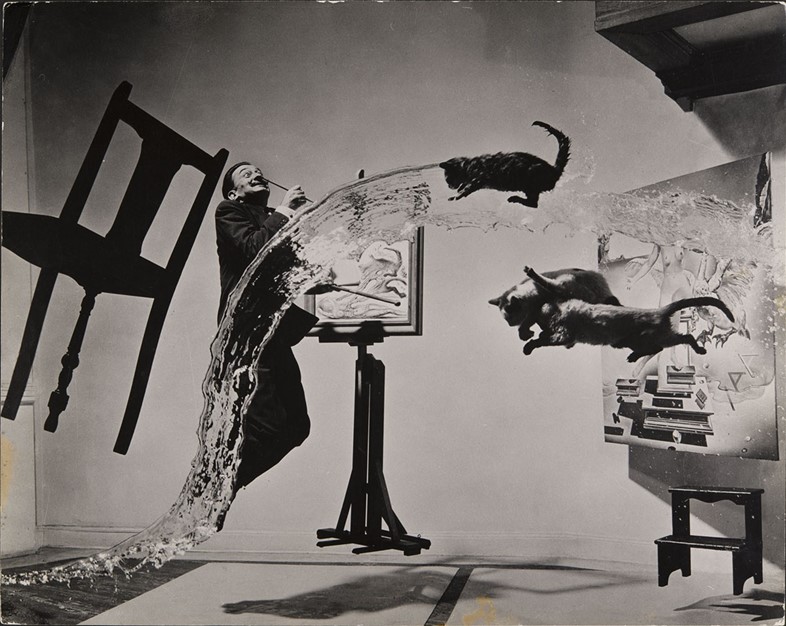
In 1941 Halsman met Salvador Dalí and they began a 37-year artistic collaboration. In one such image Halsman depicts three cats, a bucket of water, a chair and Dalì all suspended in mid-air in a powerfully surreal aesthetic. This meticulously composed image took Halsman and Dalí 28 attempts, with the end result offering a mise-en-scène of the famous surrealist Dalí seemingly hard at work whilst airborne.
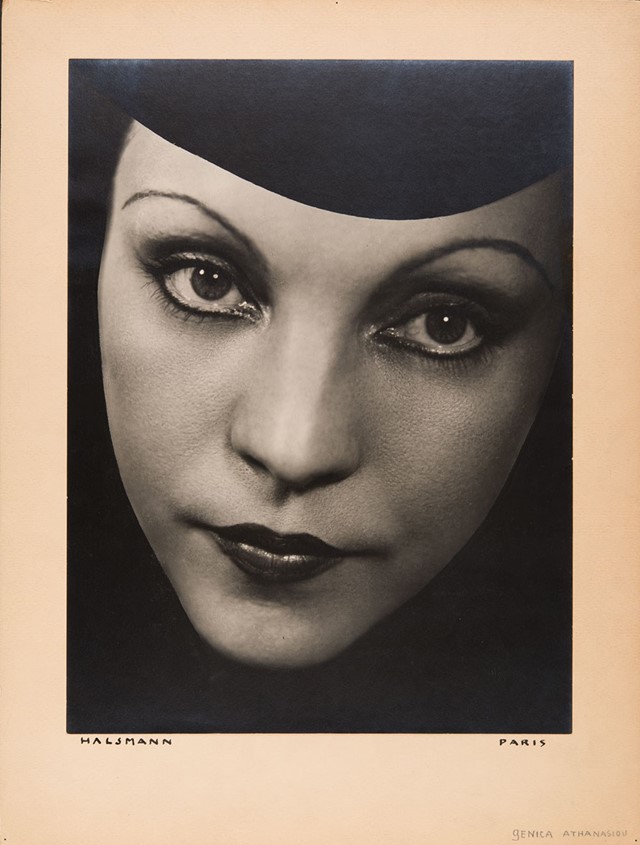
Why? Halsman’s dedication to capturing the human form came from a deeply rooted curiosity in people. "This fascination with the human face has never left me,” he wrote. “Every face I see seems to hide and sometimes, fleetingly, to reveal the mystery of another human being… Capturing this revelation became the goal and passion of my life.” From Halsman’s photographs you can really garner a sense of the photographer and not just the sitter. Halsman was an ebullient man with a wonderful sense of humour, and could be seen by passers-by doing backflips on the beach well into his 40s.
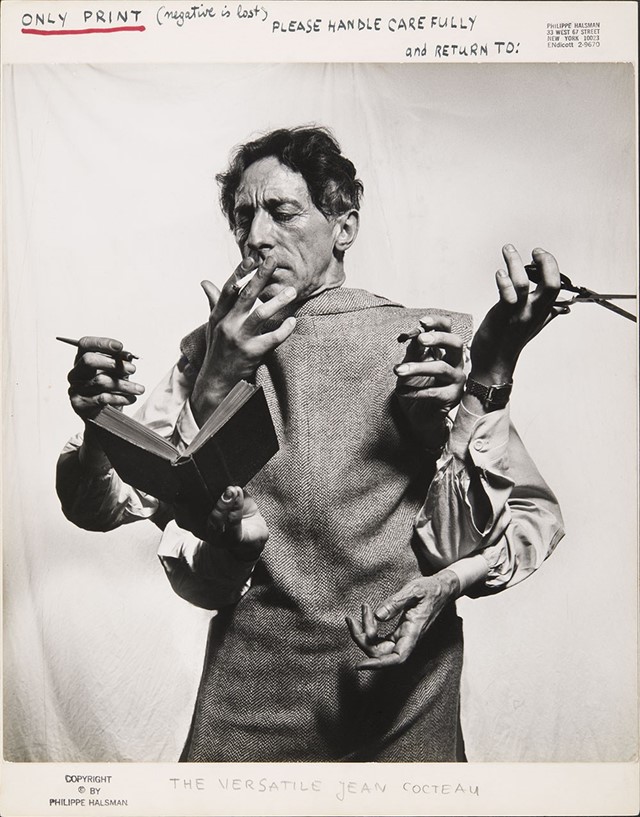
A new exhibition entitled Etonnez-moi! Or “Astonish me!” at the Jeu de Paume in Paris features over 300 of Halsman’s iconic photographs, from his engaging “jumpology” portraits to the technical experiments with multiple exposure, all of which highlight Halsman’s playful and unique approach to photography.
Philippe Halsman: Etonnez-moi! runs from 20 October 2015 until 24 January 2016 at the Jeu de Paume, Paris

